 November 4, 1997: Apple unveils its plan to open small “store within a store” sections inside CompUSA outlets around the United States.
November 4, 1997: Apple unveils its plan to open small “store within a store” sections inside CompUSA outlets around the United States.
In a step toward the flagship Apple Stores that would launch four years later, Cupertino-trained employees will staff these mini-stores. The move gives Apple a bit more control over the way its products get displayed and demoed to consumers.

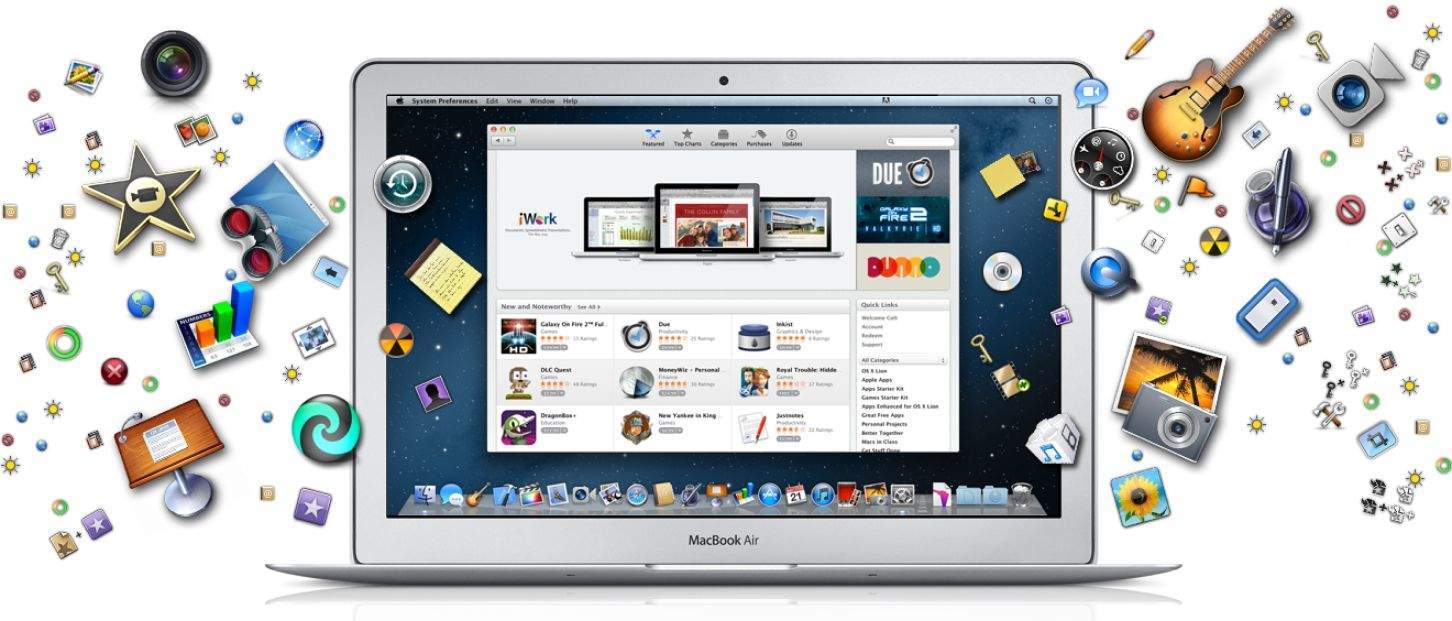
 November 3, 2010: Apple prepares to launch the Mac App Store, publicly accepting app submissions from registered developers — and kicking off a gold rush among coders.
November 3, 2010: Apple prepares to launch the Mac App Store, publicly accepting app submissions from registered developers — and kicking off a gold rush among coders.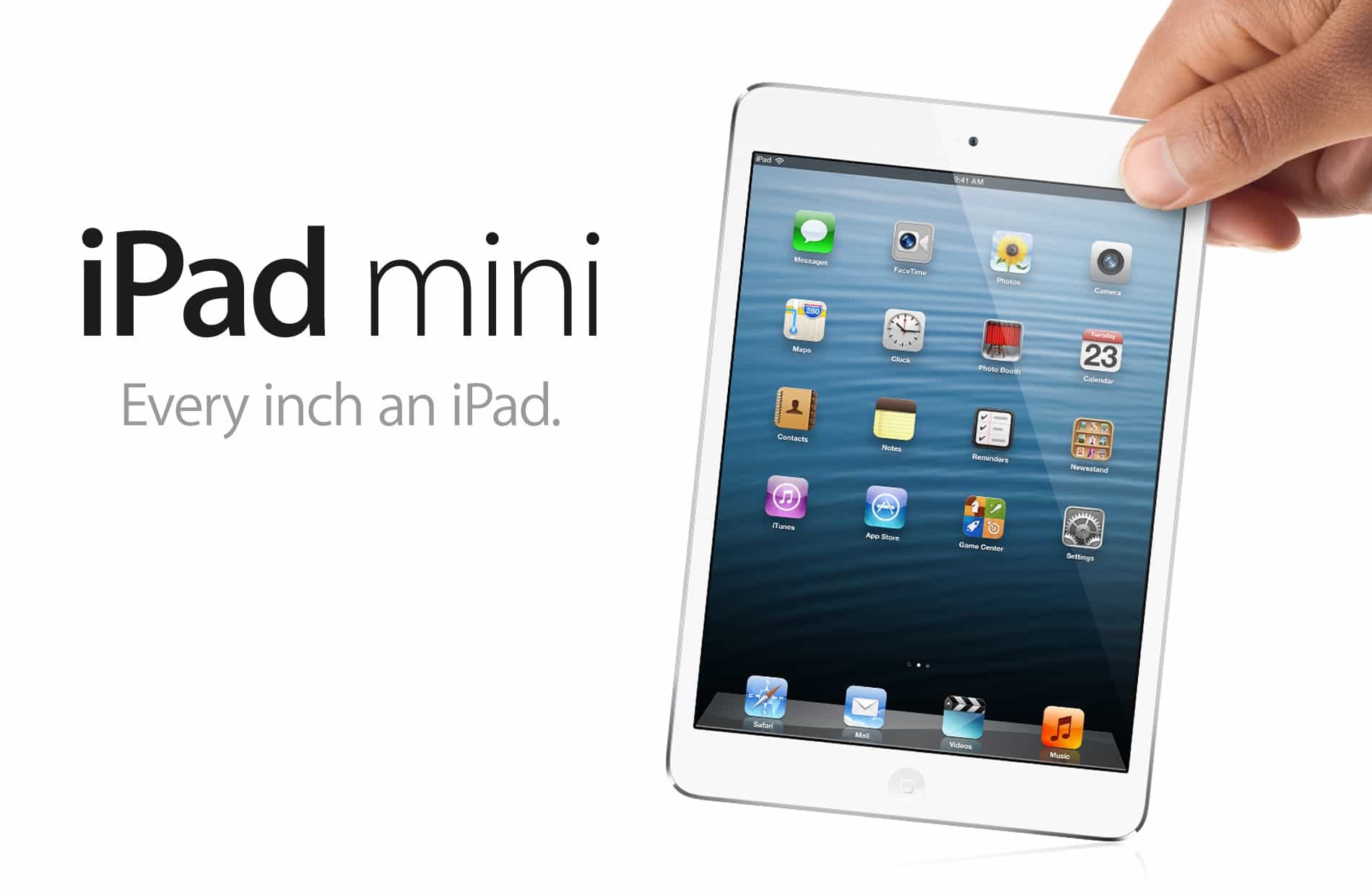
 November 2, 2012: The first iPad mini goes on sale, shrinking both the size and the price tag of Apple’s groundbreaking tablet computer.
November 2, 2012: The first iPad mini goes on sale, shrinking both the size and the price tag of Apple’s groundbreaking tablet computer.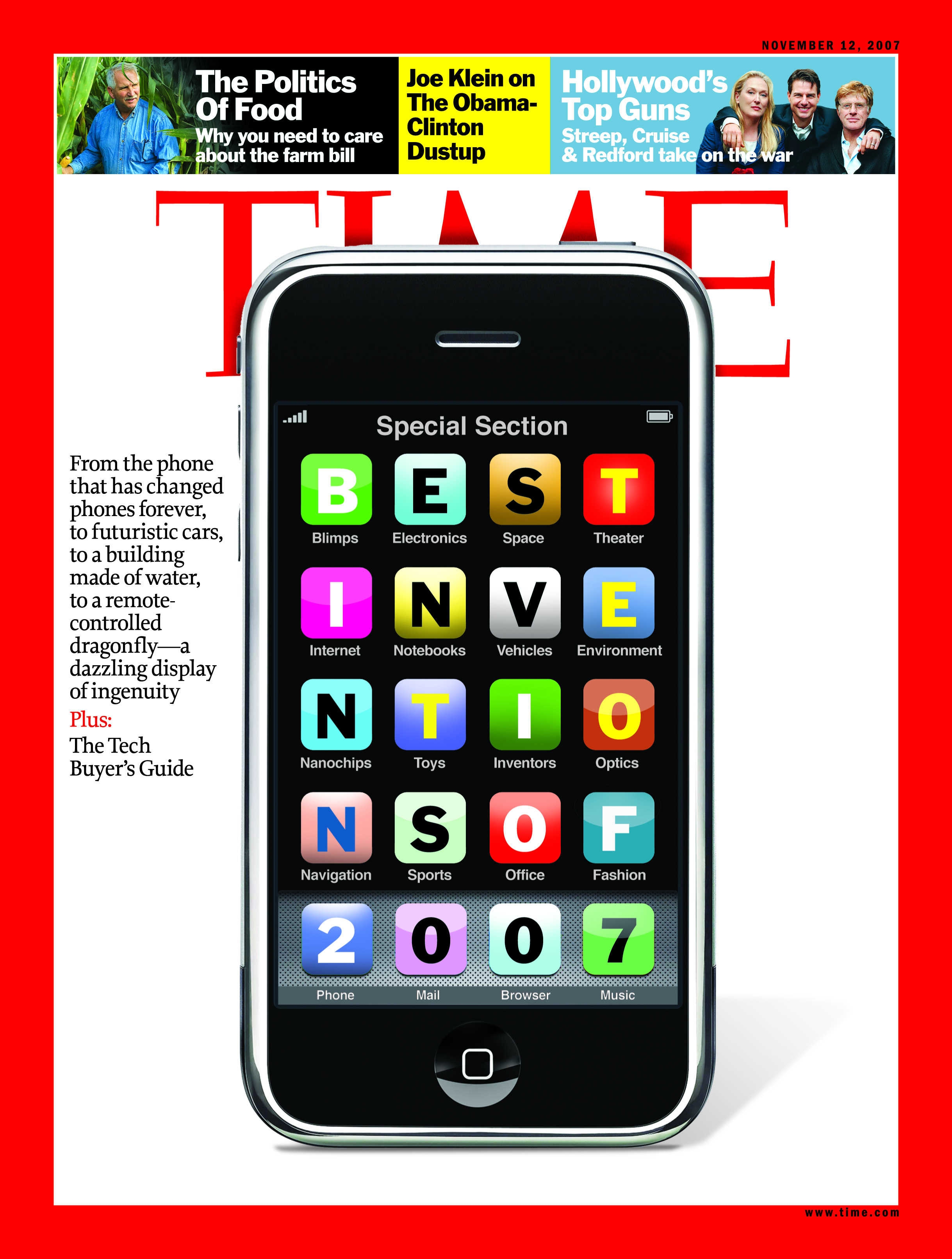
 November 1, 2007: Six months after Steve Jobs showed it off, the original iPhone becomes Time magazine’s “best invention of the year.”
November 1, 2007: Six months after Steve Jobs showed it off, the original iPhone becomes Time magazine’s “best invention of the year.”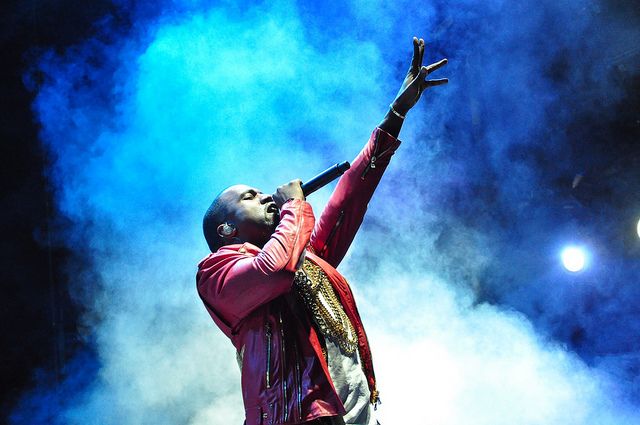
 October 31, 2005: Less than three weeks after launching video downloads with iTunes 6, Apple reveals that it has already sold more than 1 million music videos.
October 31, 2005: Less than three weeks after launching video downloads with iTunes 6, Apple reveals that it has already sold more than 1 million music videos.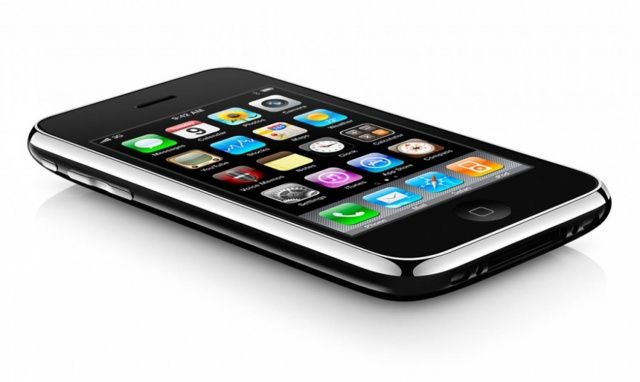
 October 30, 2009: Two years after launching in the United States, the iPhone finally goes on sale in China, giving Apple a chance to reach the world’s largest market.
October 30, 2009: Two years after launching in the United States, the iPhone finally goes on sale in China, giving Apple a chance to reach the world’s largest market.
 October 29, 2012: Scott Forstall, Apple’s senior vice president of iOS software, is fired from the company after the disastrous Apple Maps launch. After Forstall is ousted, Apple divvies up the roles he previously handled among other high-level execs.
October 29, 2012: Scott Forstall, Apple’s senior vice president of iOS software, is fired from the company after the disastrous Apple Maps launch. After Forstall is ousted, Apple divvies up the roles he previously handled among other high-level execs.
 October 28, 2012: More than a year after Steve Jobs’ death, the luxury yacht he commissioned is
October 28, 2012: More than a year after Steve Jobs’ death, the luxury yacht he commissioned is 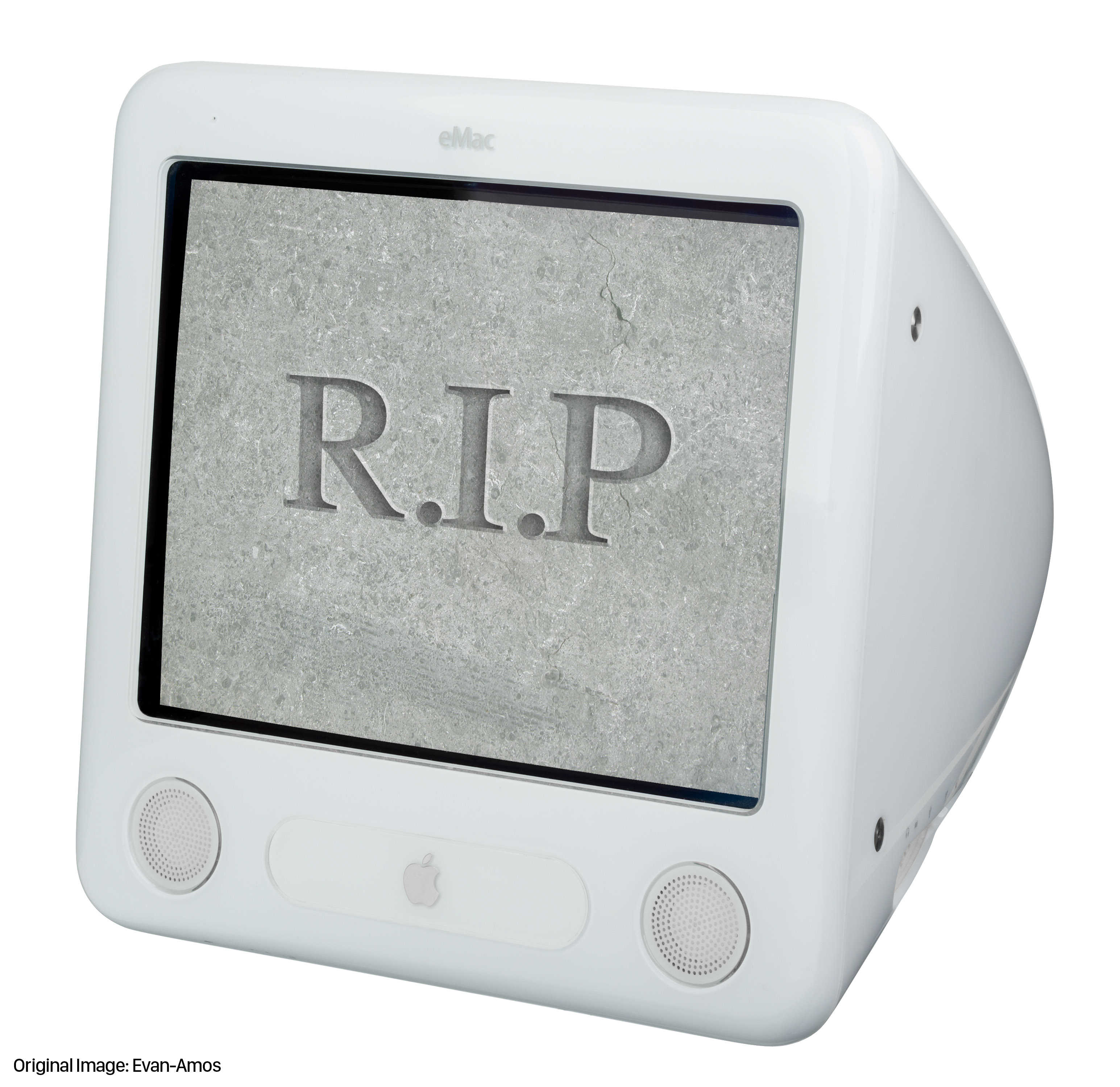
 October 27, 1999: Dell Computer overtakes Apple in the educational market, stealing Cupertino’s crown as the top company selling computers to U.S. schools. Dell’s cheap Windows PCs make sense for schools looking to buy computers without breaking the bank.
October 27, 1999: Dell Computer overtakes Apple in the educational market, stealing Cupertino’s crown as the top company selling computers to U.S. schools. Dell’s cheap Windows PCs make sense for schools looking to buy computers without breaking the bank.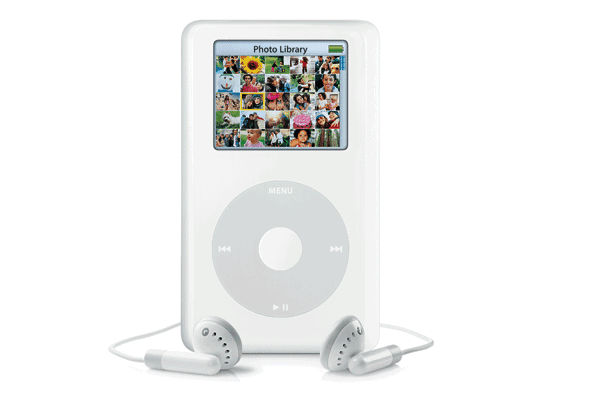
 October 26, 2004: Apple debuts the iPod Photo, a device capable of putting not just 15,000 songs in your pocket, but also 25,000 photographs. The new device “lets you take your entire music and photo library with you wherever you go,” Apple says.
October 26, 2004: Apple debuts the iPod Photo, a device capable of putting not just 15,000 songs in your pocket, but also 25,000 photographs. The new device “lets you take your entire music and photo library with you wherever you go,” Apple says.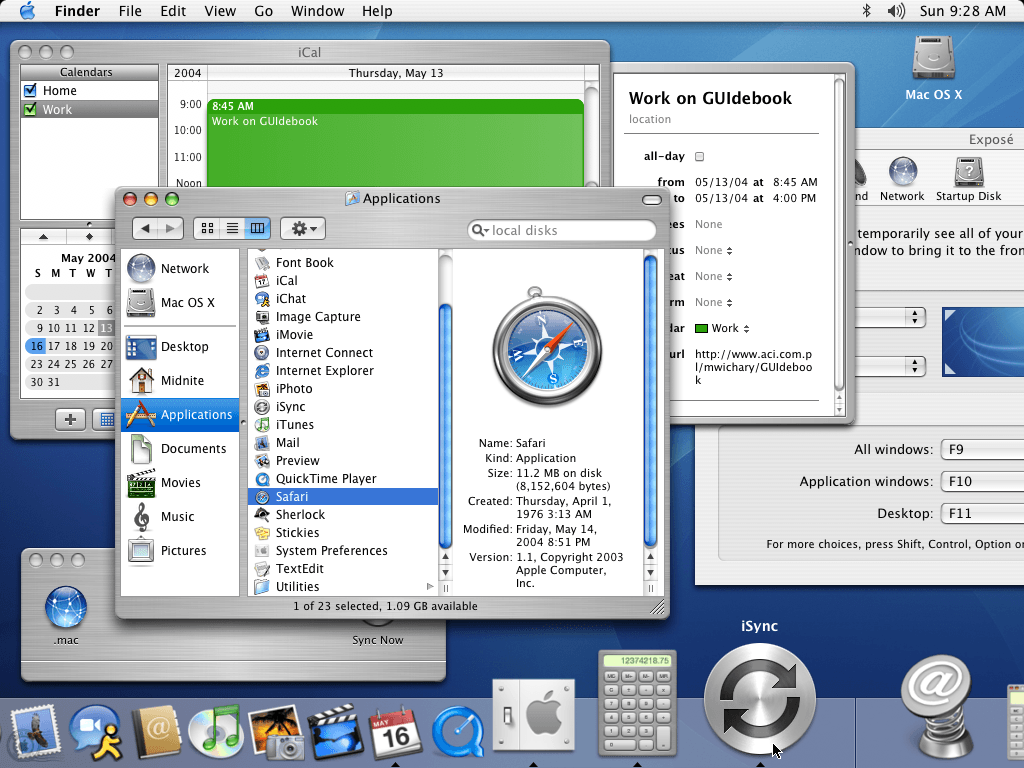
 October 25, 2003: Mac OS X Panther arrives on Macintosh computers, bringing several useful new features and making Safari Apple’s default web browser for the first time.
October 25, 2003: Mac OS X Panther arrives on Macintosh computers, bringing several useful new features and making Safari Apple’s default web browser for the first time.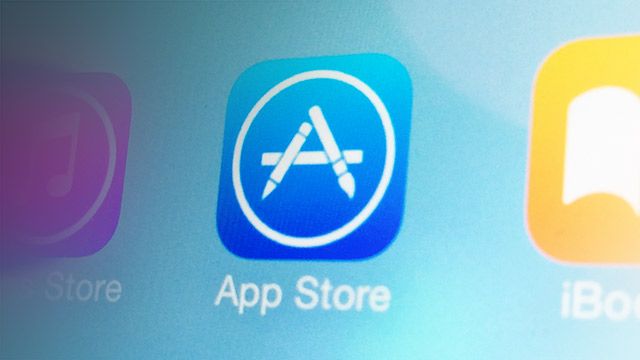
 October 22, 2008: During an Apple conference call, Steve Jobs reveals that a user downloaded the 200 millionth app from the App Store that very day.
October 22, 2008: During an Apple conference call, Steve Jobs reveals that a user downloaded the 200 millionth app from the App Store that very day.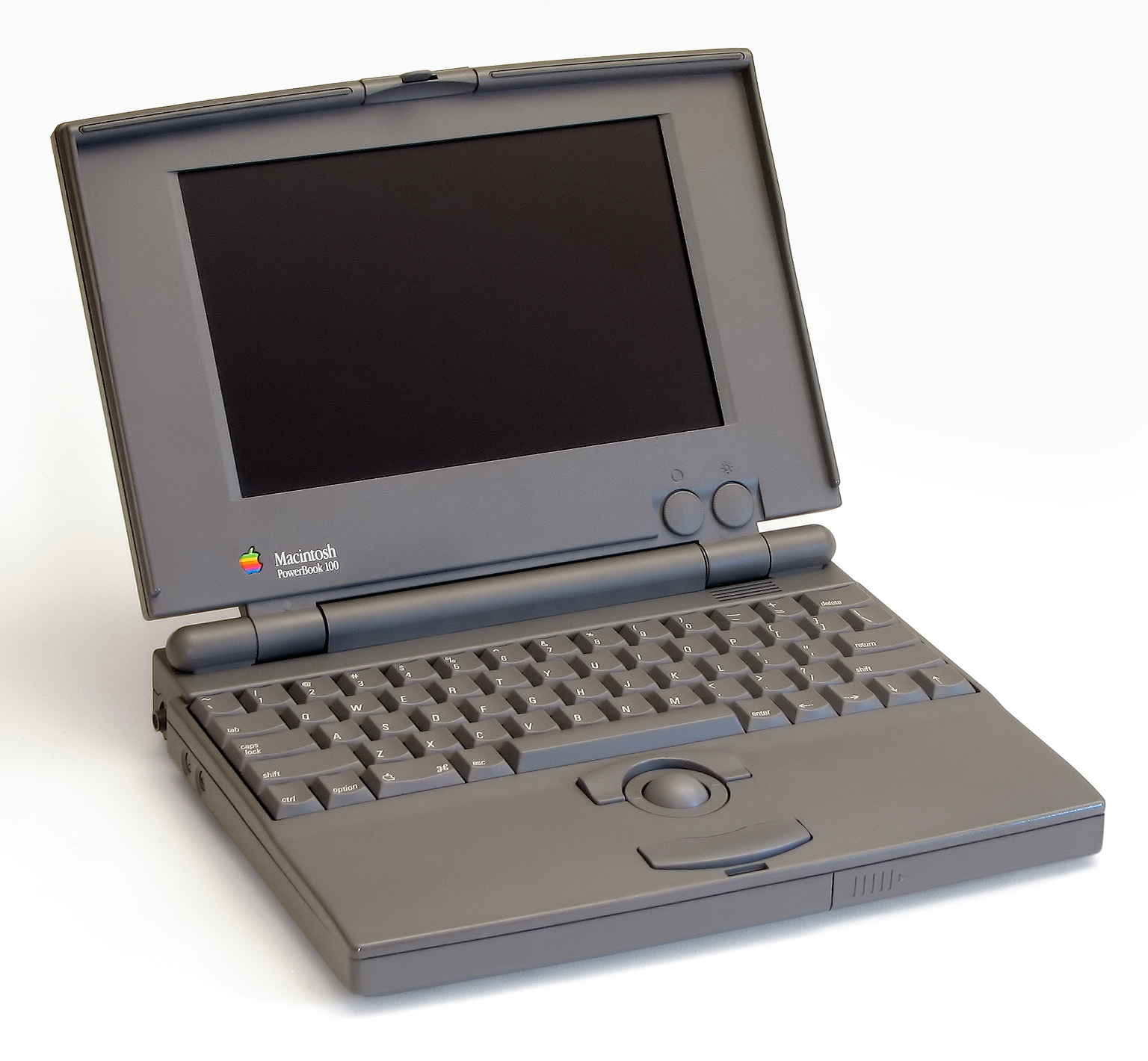
 October 21, 1991: Apple launches its PowerBook 100 series. The lightweight laptops quickly become one of the most important tech gadgets of all time.
October 21, 1991: Apple launches its PowerBook 100 series. The lightweight laptops quickly become one of the most important tech gadgets of all time.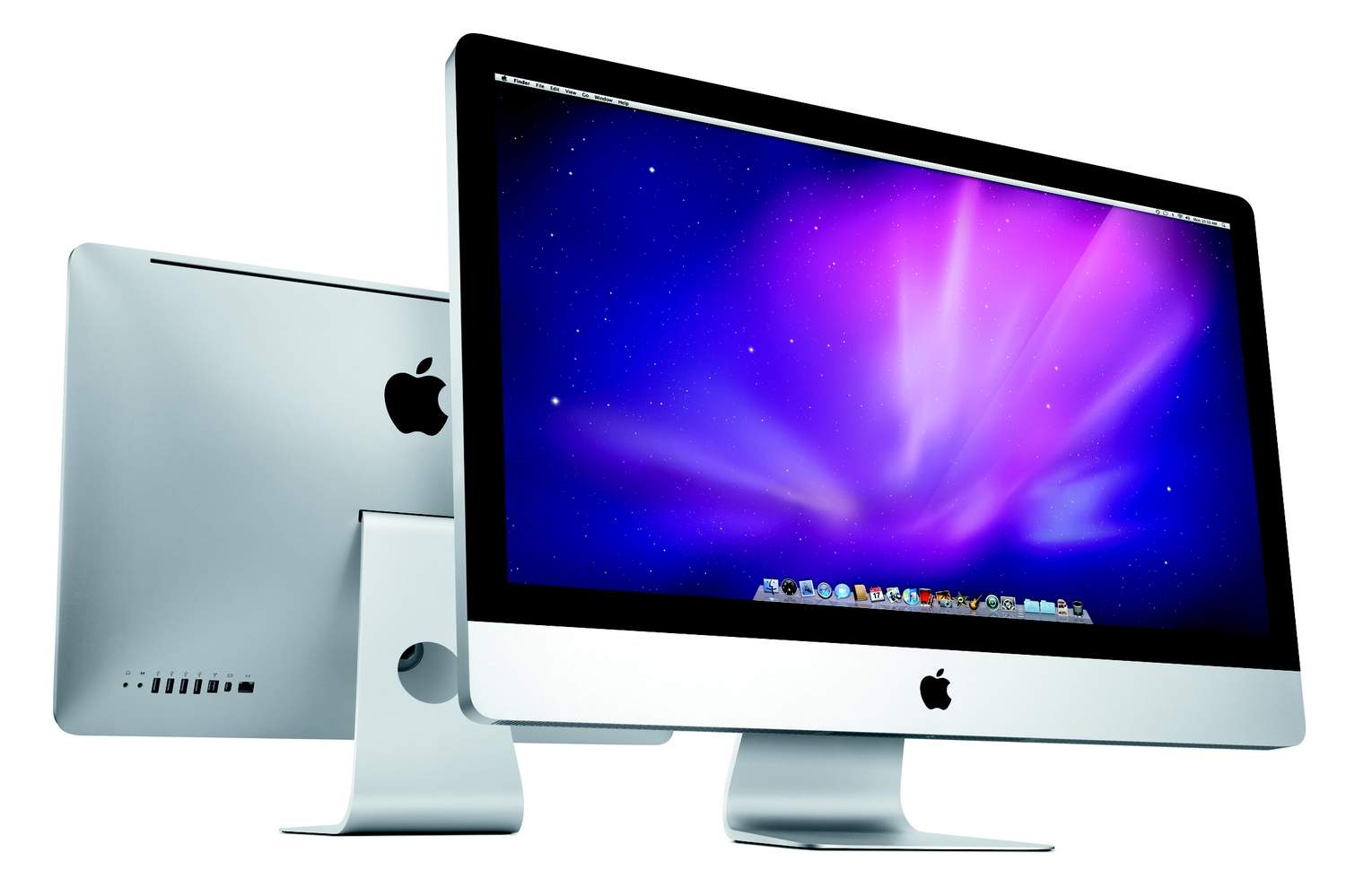
 October 20, 2009: Apple goes big with its iMac redesign, introducing the first 27-inch all-in-one Mac.
October 20, 2009: Apple goes big with its iMac redesign, introducing the first 27-inch all-in-one Mac.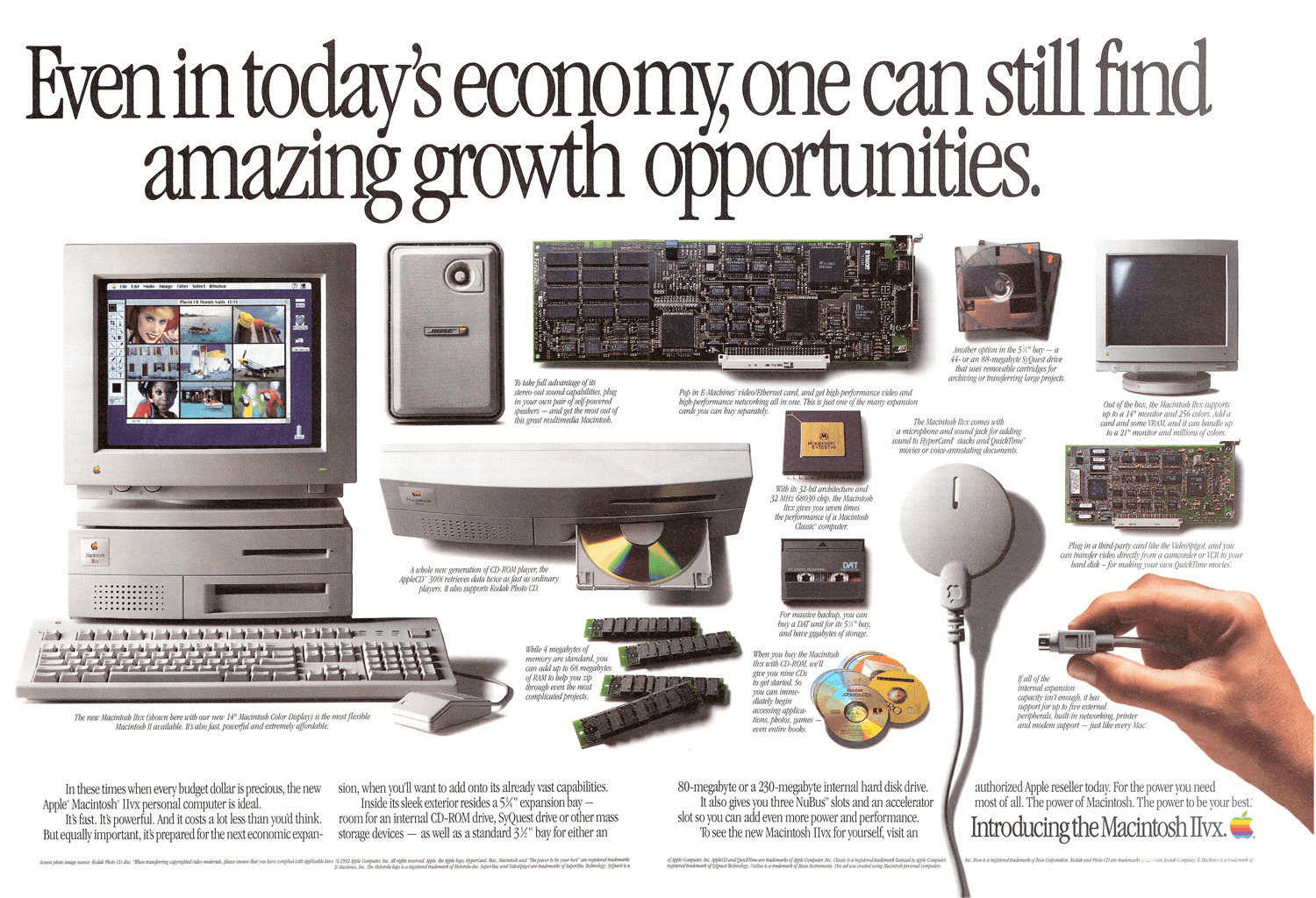
 October 19, 1992: Apple launches the Mac IIvx, the first Macintosh computer to ship with a metal case and, more importantly, an internal CD-ROM drive.
October 19, 1992: Apple launches the Mac IIvx, the first Macintosh computer to ship with a metal case and, more importantly, an internal CD-ROM drive.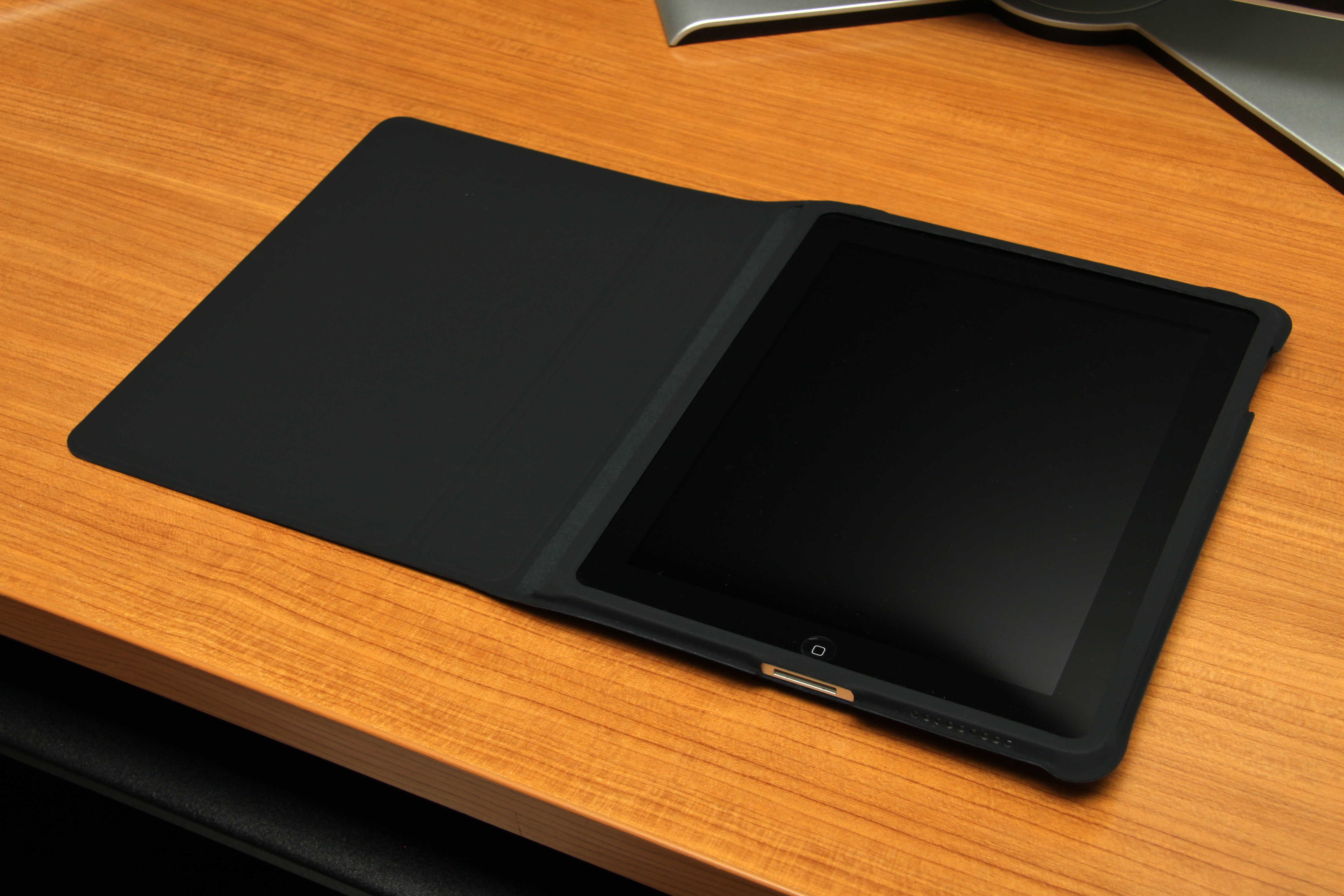
 October 18, 2010: Just six months after the original iPad debuts, Steve Jobs reveals that Apple’s tablet already outsells the mighty Macintosh computer.
October 18, 2010: Just six months after the original iPad debuts, Steve Jobs reveals that Apple’s tablet already outsells the mighty Macintosh computer.
 October 16, 2003: Six months after opening the iTunes Music Store for Mac owners, Apple expands the service to cover Windows PCs as well.
October 16, 2003: Six months after opening the iTunes Music Store for Mac owners, Apple expands the service to cover Windows PCs as well.
 October 15, 1993: John Sculley, the former CEO responsible for forcing Steve Jobs out of Apple, is forced to leave the company himself.
October 15, 1993: John Sculley, the former CEO responsible for forcing Steve Jobs out of Apple, is forced to leave the company himself.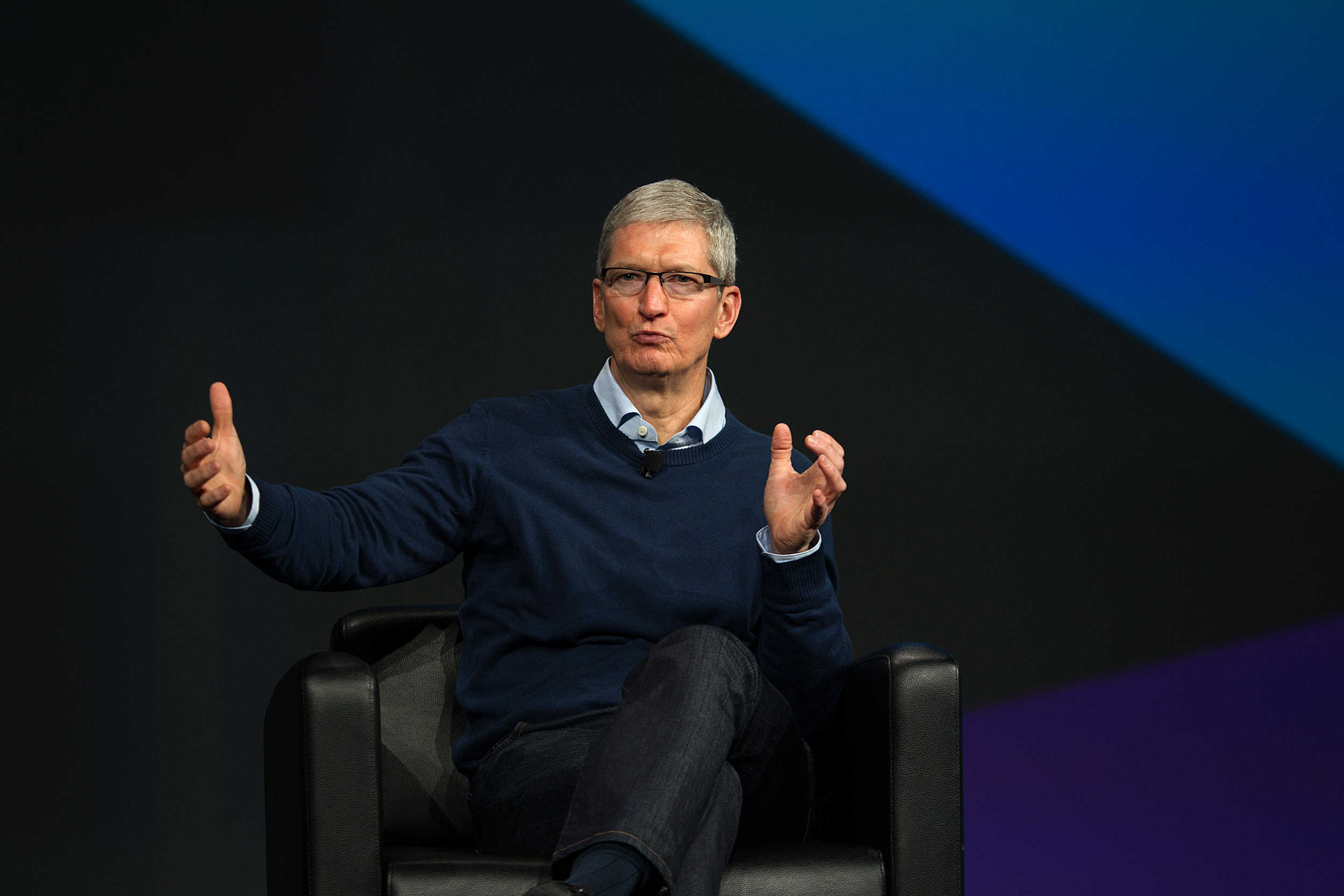
 October 14, 2005: Tim Cook takes the reins as Apple’s chief operating officer, continuing an upward climb through the company’s ranks that will make him CEO less than six years later.
October 14, 2005: Tim Cook takes the reins as Apple’s chief operating officer, continuing an upward climb through the company’s ranks that will make him CEO less than six years later.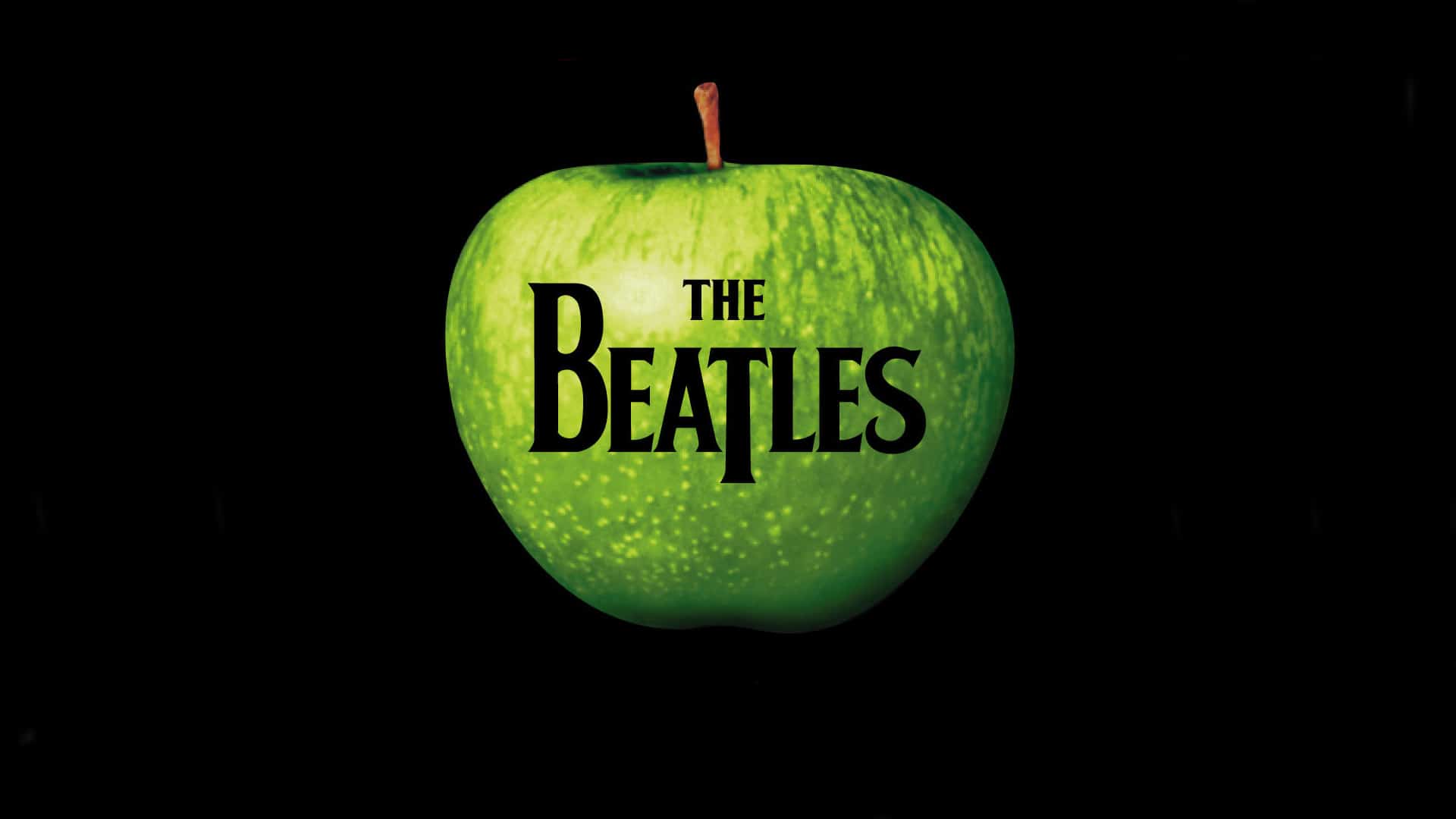
 October 9, 1991: A court orders Apple to pay $26.5 million to Apple Corps, The Beatles’ record label and holding company, for trademark infringement. The end of this Beatles versus Apple lawsuit marks the second time Cupertino is forced to pay the English rock band.
October 9, 1991: A court orders Apple to pay $26.5 million to Apple Corps, The Beatles’ record label and holding company, for trademark infringement. The end of this Beatles versus Apple lawsuit marks the second time Cupertino is forced to pay the English rock band.
 October 8, 2014: Apple says it is “
October 8, 2014: Apple says it is “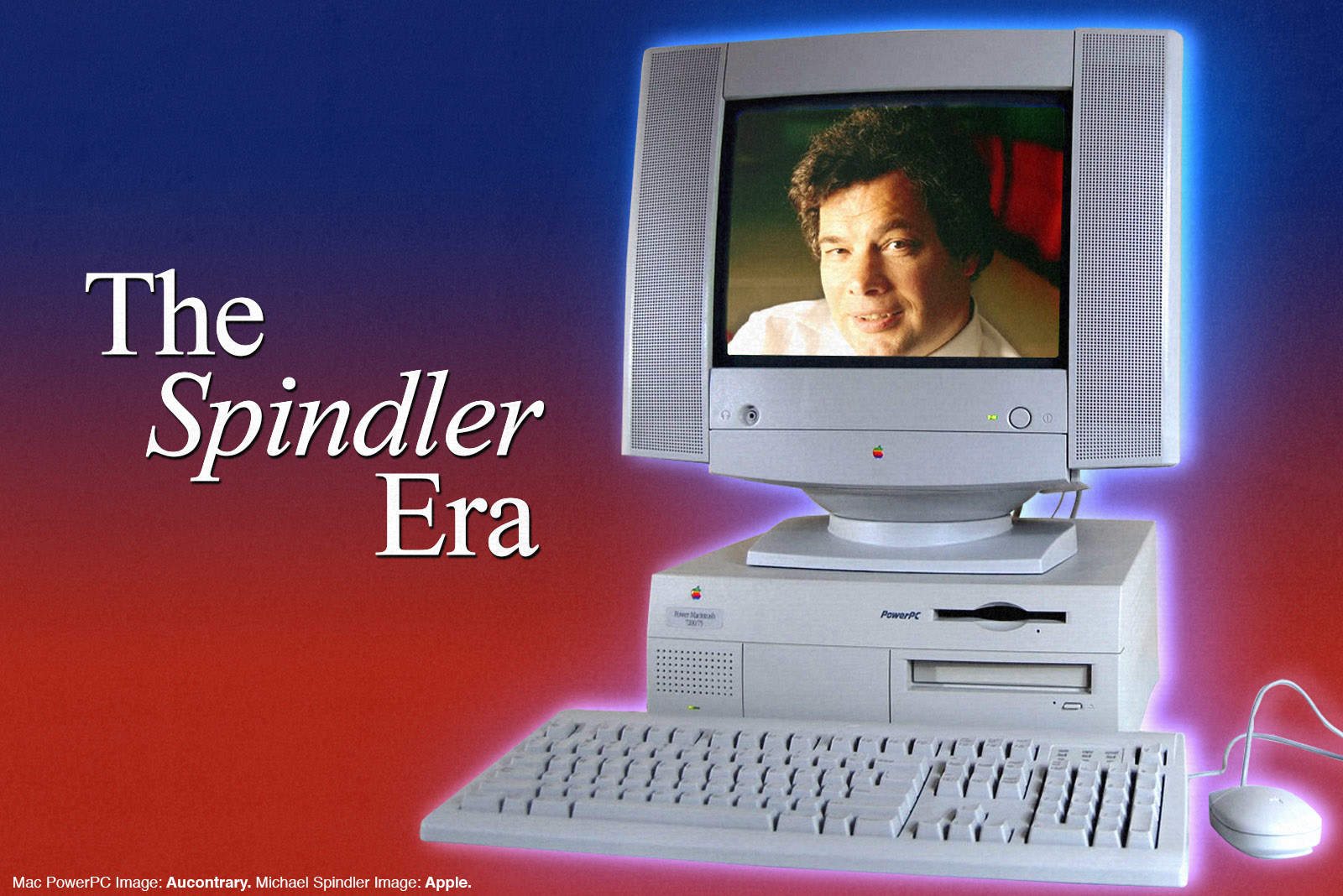
 October 3, 1994: Apple CEO Michael Spindler reassures the world that Apple “is not a lame-duck company.”
October 3, 1994: Apple CEO Michael Spindler reassures the world that Apple “is not a lame-duck company.”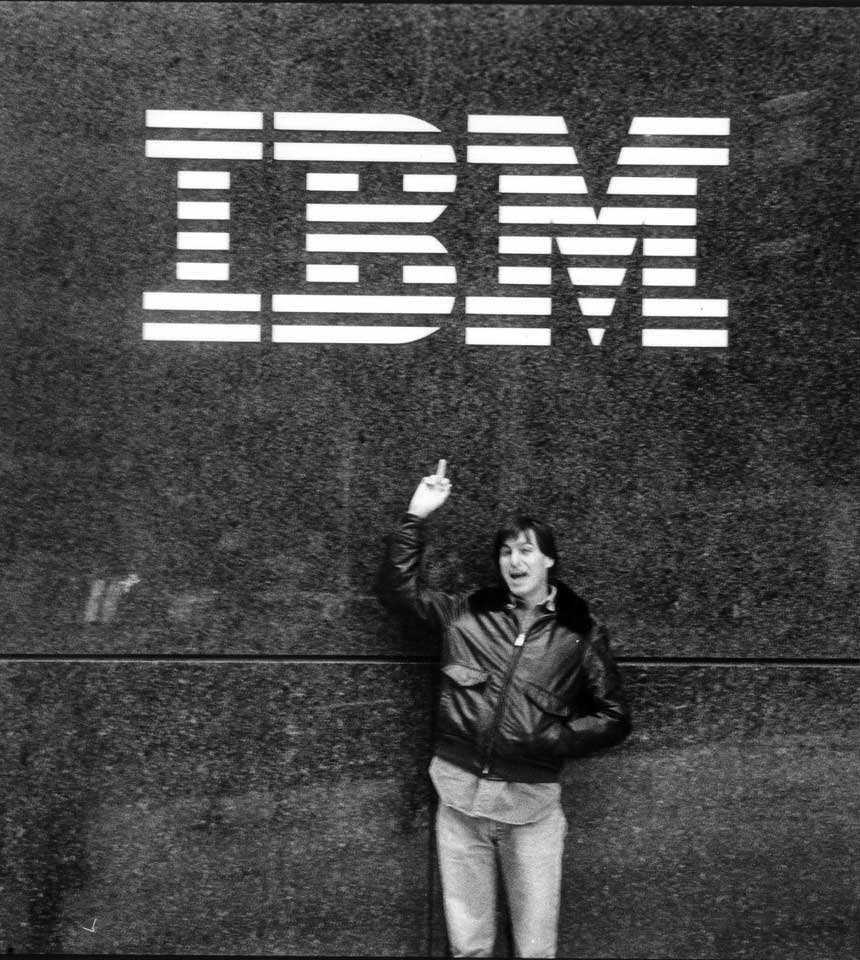
 October 2, 1991: As the Cold War comes to an end, hell freezes over a second time as Apple and IBM agree to put aside their differences. Having been bitter rivals for the past decade, the two tech giants host a press conference at the Fairmont hotel in San Francisco to unveil their new partnership.
October 2, 1991: As the Cold War comes to an end, hell freezes over a second time as Apple and IBM agree to put aside their differences. Having been bitter rivals for the past decade, the two tech giants host a press conference at the Fairmont hotel in San Francisco to unveil their new partnership.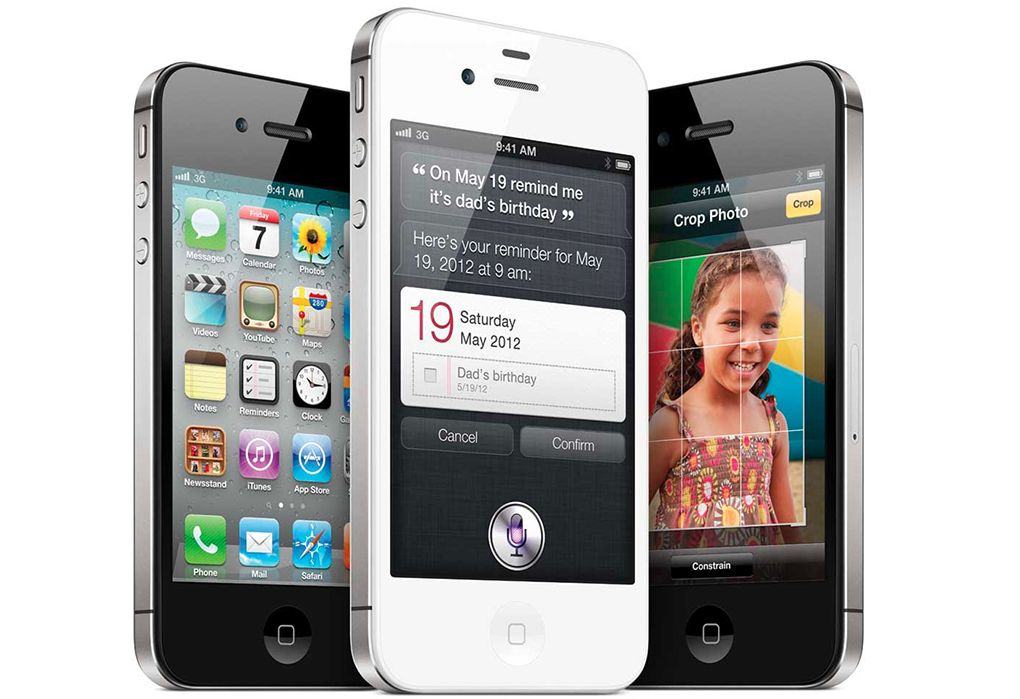
 October 1, 2011: Just days before Apple plans to unveil the iPhone 4s, the device’s name leaks after the latest iTunes beta inadvertently spills the beans on the new name.
October 1, 2011: Just days before Apple plans to unveil the iPhone 4s, the device’s name leaks after the latest iTunes beta inadvertently spills the beans on the new name.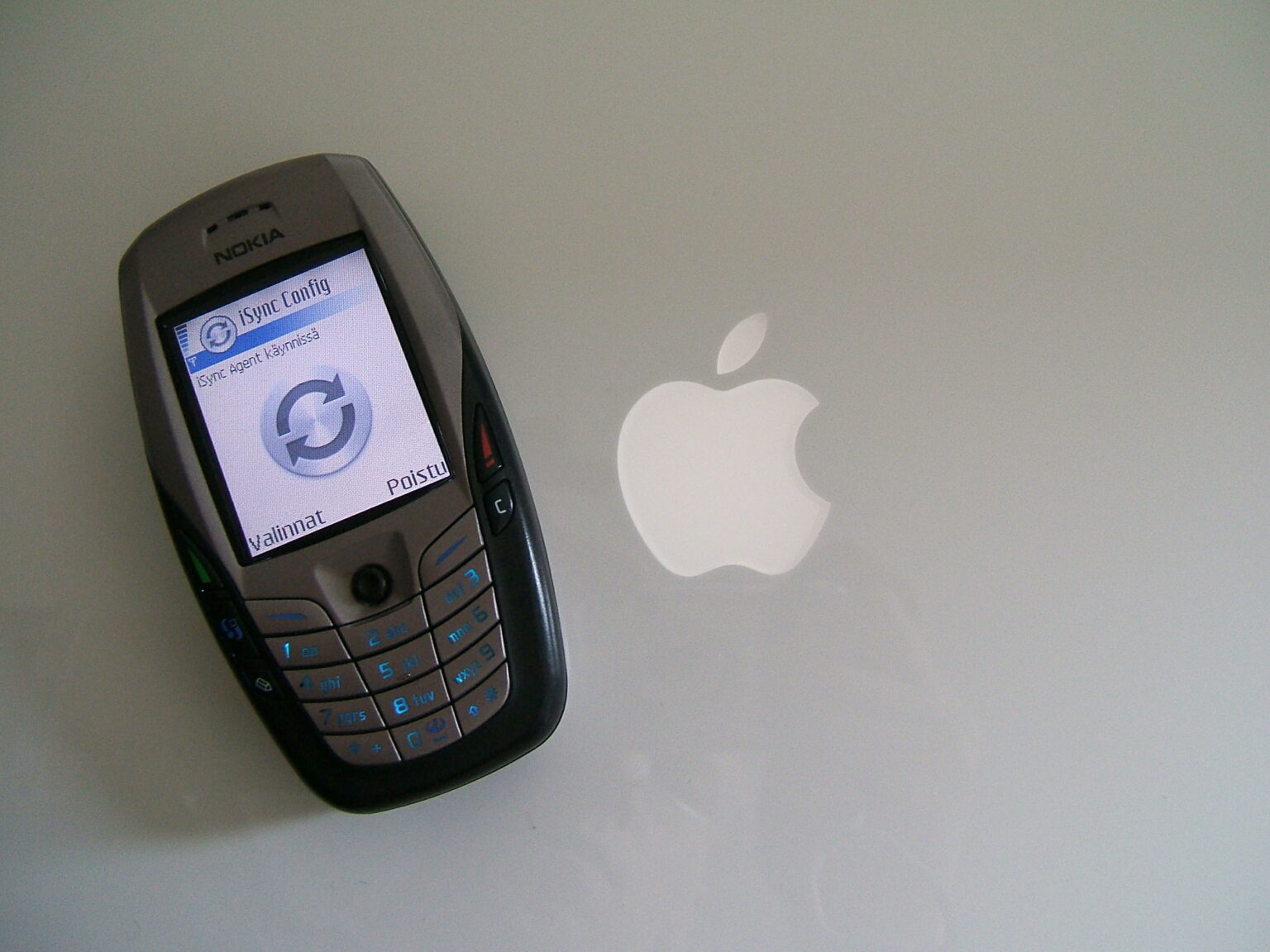
 September 30, 2002: Apple introduces iSync, a tool that lets Mac users synchronize their address books and calendars with their cellphones, iPods and Palm OS-compatible handheld organizers via Bluetooth.
September 30, 2002: Apple introduces iSync, a tool that lets Mac users synchronize their address books and calendars with their cellphones, iPods and Palm OS-compatible handheld organizers via Bluetooth.